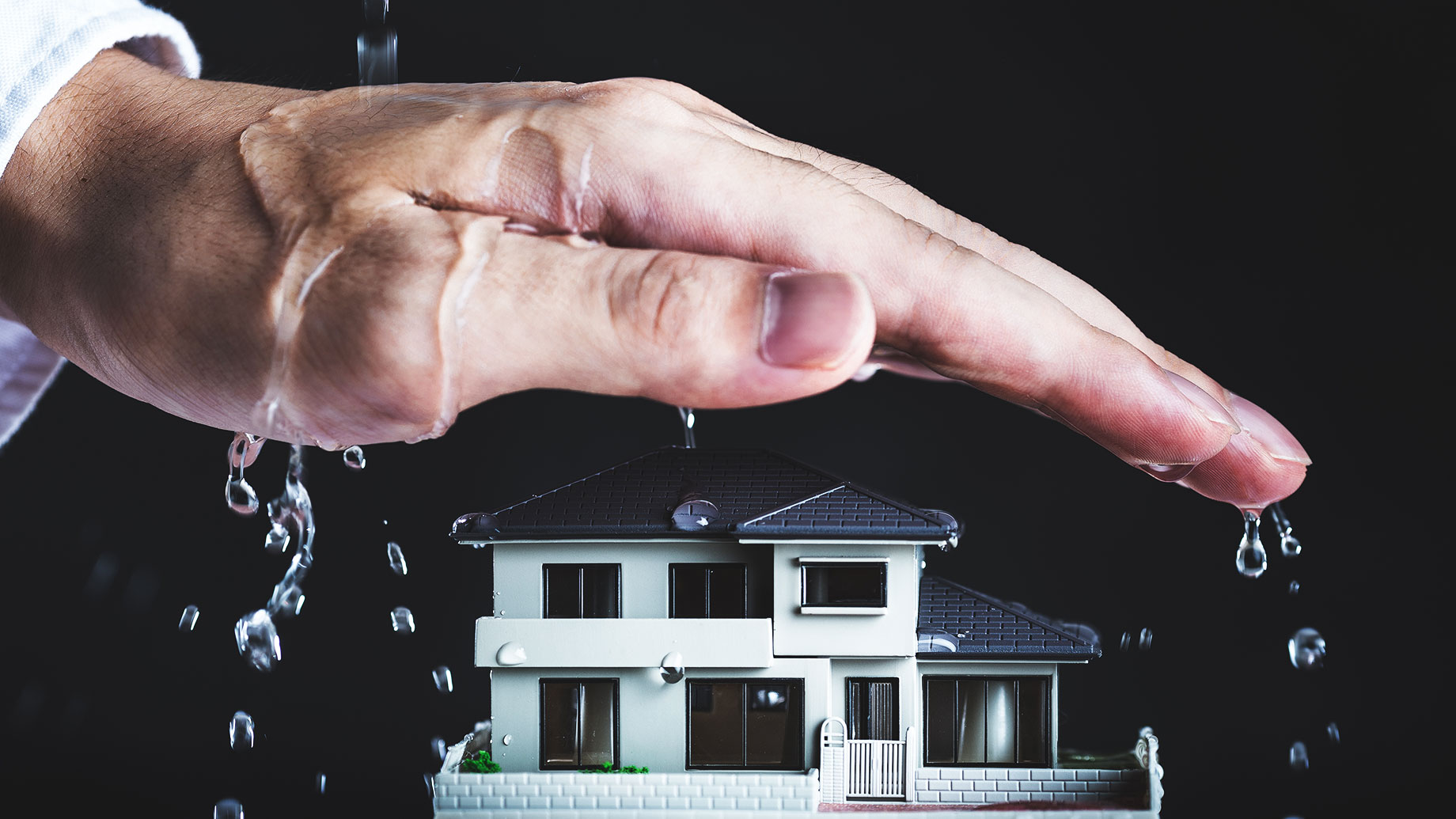
Water damage is one of the most expensive and inconvenient problems a homeowner can face. Whether it’s a slowly dripping faucet, a failing roof, or issues around windows and doors, even the smallest leak can lead to big headaches. Fortunately, there are practical steps you can take to defend against excess moisture and the costly repairs that often follow. Here are some smart strategies for preventing leaks and keeping your home dry year-round.
Why Leaks Matter
It’s easy to overlook minor drips, but water damage can cause significant structural and financial strain over time. According to This Old House, the average residential property loses about 10,000 gallons of water per year due to leaks—enough to fill a small swimming pool. These losses can spike your utility bills, weaken building materials, and create an environment where mold and mildew thrive. Addressing leaks promptly protects both your wallet and your home’s health.
Maintain Your Roof
Your roof is one of the first lines of defense against weather-related water problems. Check for damaged or missing shingles, sagging sections, and areas where water might pool. Repairing small issues early is much cheaper than fixing extensive water damage later. According to a survey by Roofer’s Guild, asphalt shingles cover the tops of around 75% of homes in the United States, a testament to their popularity for affordability and ease of installation. Even if your roof type differs, regular inspections from a reputable contractor can help detect potential leaks before they grow worse.
Inspect and Upgrade Your Windows
Windows are another common entry point for moisture, especially in older homes with deteriorating frames or insufficient sealing. Routinely check for drafts, condensation buildup, or gaps that might allow water to seep indoors. According to Angi, window units typically stay functional anywhere from 15 to 50 years, but this range depends on the material quality and climate conditions. If your windows are on the older side, consider investing in modern, energy-efficient models with improved weatherstripping to reduce both leaks and energy bills.
Clear Gutters and Downspouts
Your gutter and downspout system is designed to channel water away from your home’s exterior walls and foundation. When gutters become clogged by leaves, twigs, and debris, water can back up and flow into vulnerable areas. Make it a habit to clean gutters at least twice a year—once in the fall after leaves have dropped, and again in the spring to remove winter debris. If you live in a region with frequent storms, you may need to clear them more often. Also, ensure your downspouts direct water at least several feet away from your foundation to minimize the chance of basement leaks.
Check for Foundation Issues
Cracks in your foundation walls or floor can allow water to creep inside over time. Inspect your basement or crawl space for visible fissures, pooling water, or musty odors—common signs of a moisture problem. Minor cracks can often be sealed with specialized waterproofing products, but more serious damage may require professional evaluation. Taking swift action to correct foundation issues can help avoid larger, more expensive repairs later on.
Monitor Indoor Plumbing
Indoor plumbing leaks often hide behind walls, under floors, or beneath the sink, making them tricky to spot until the damage is already done. Stay vigilant by periodically checking for dripping or corrosion around faucets, supply lines, and drainpipes. Installing a water leak detection system with sensors in high-risk areas—such as kitchens, bathrooms, and laundry rooms—can give you an early warning if trouble starts. Repair or replace worn components right away to stop minor leaks from escalating into major problems.
Stay Proactive with Routine Maintenance
One of the best ways to protect your home from water damage is to adopt a proactive maintenance mindset. Schedule seasonal inspections for your roof, windows, and gutters, as well as occasional checks for foundation and plumbing issues. Addressing small repairs early isn’t just cost-effective—it also ensures your home remains safe, comfortable, and structurally sound.
Defending your property against leaks is an ongoing process that combines regular checkups, prompt repairs, and smart upgrades. By keeping a close eye on vulnerable areas like your roof, windows, gutters, and plumbing, you can significantly reduce the risk of water damage. Whether you’re dealing with older windows that have outlived their lifespan, an asphalt roof needing an inspection, or hidden plumbing leaks, prioritizing prevention is far cheaper and simpler than dealing with the aftermath of a major water problem. A leak-free home is not just more comfortable—it’s also a worthwhile investment for the future.